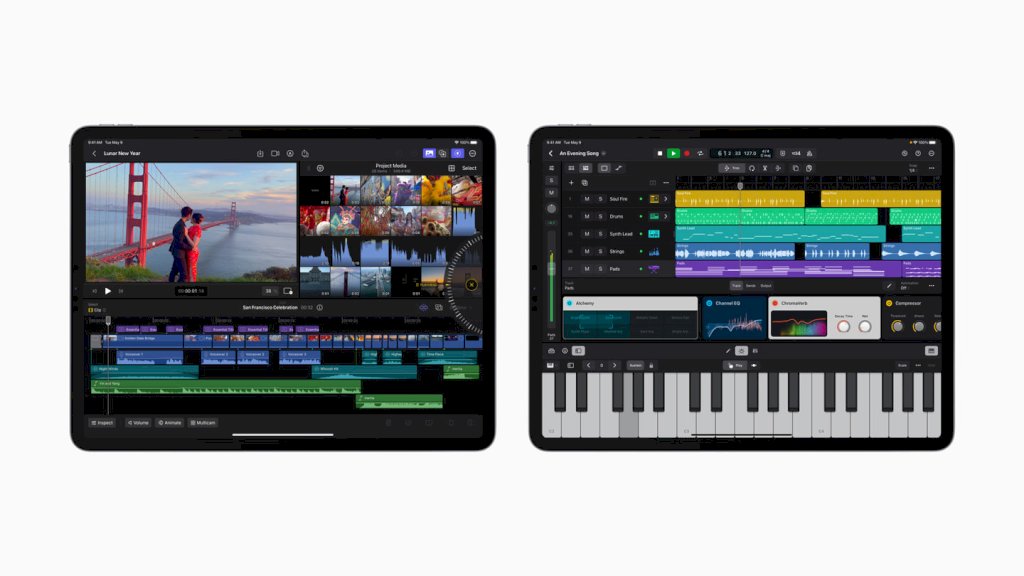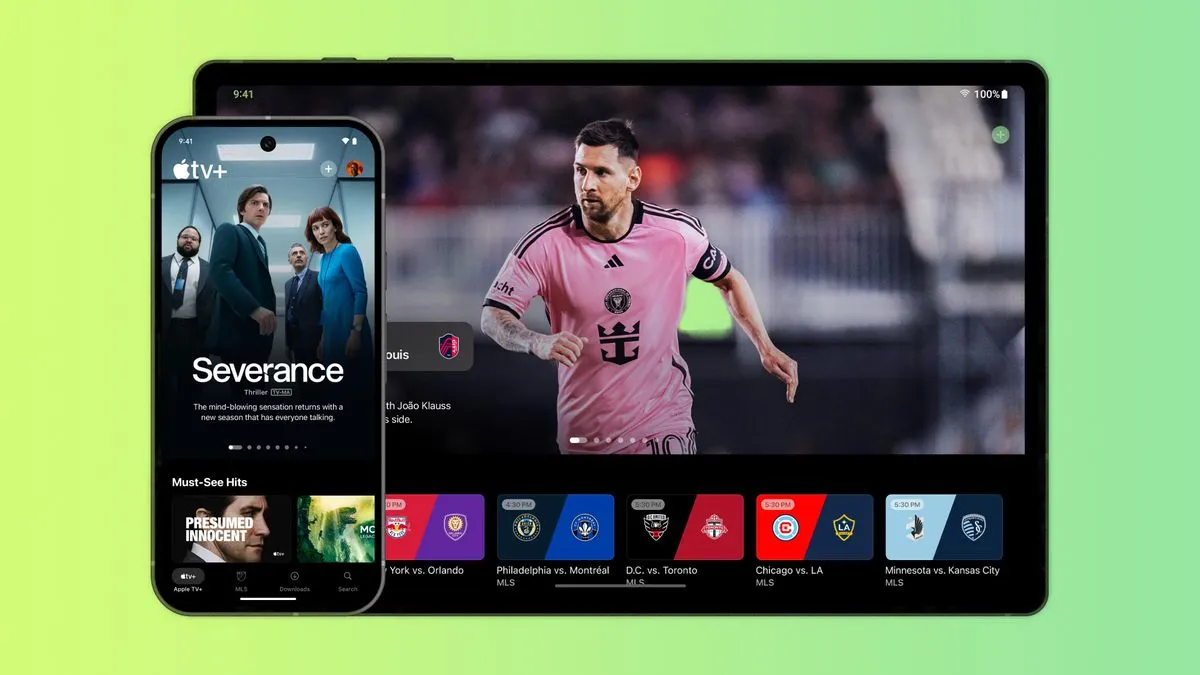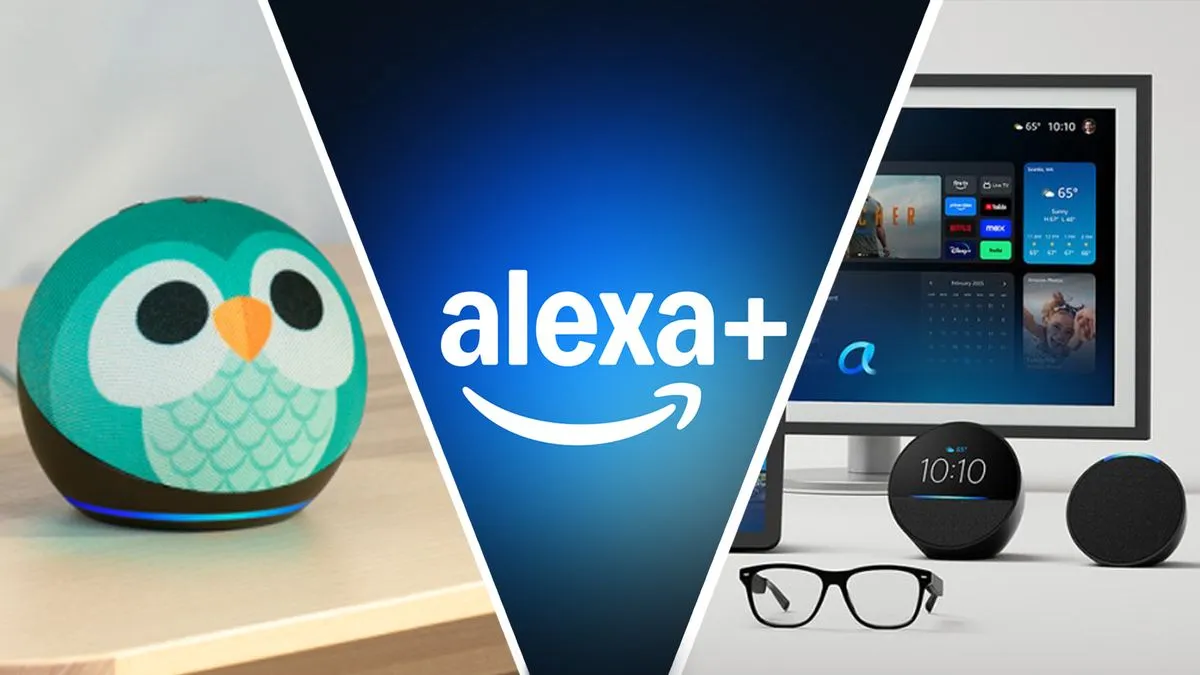In a major leap for logistics technology, Amazon revealed a set of AI-enabled smart glasses designed specifically for its delivery drivers. Crafted to streamline operations, enhance safety, and reduce reliance on handheld devices, these glasses promise to transform how the “last 100 yards” of a delivery are handled. With features like package-scanning, turn-by-turn walking navigation, and real-time obstacle detection built directly into the driver’s field of vision, Amazon is pushing hard into wearable tech to sharpen its competitive edge in fast-delivery expectations.
Delivered at the company’s annual “Delivering the Future” event, the eyewear—internally codenamed “Amelia”—is currently in trial with delivery service partners across North America. Amazon says the glasses will remain optional for drivers and are provided free of charge, signaling the company’s commitment to operational adoption rather than a consumer sales play at this stage. The announcement comes alongside Amazon’s other logistic innovations, including robotic arms in warehouses and new AI-based logistics planning tools.
In what follows, this article explains how the glasses function, examines the benefits and challenges, explores broader impacts on logistics and labor, and considers how this fits into Amazon’s overall strategy for fast, efficient delivery.
How the Smart Glasses Work: Technology & Features
Core Functionality
The new Amazon smart glasses are built to give delivery associates a hands-free interface. As a driver parks at a stop, the glasses automatically activate, recognizing the transition from vehicle to walking mode. From there, the display guides the driver to the correct package inside their vehicle, then uses Amazon’s geospatial mapping tools to provide walking directions to the recipient’s doorstep—especially helpful in multi-unit buildings or complex urban locations.
Using built-in cameras and computer-vision algorithms, the glasses also enable scanning of package barcodes without requiring a handheld scanner or phone camera. After delivery, the device captures photographic proof of delivery without needing the driver to pick up a phone or tab.
Companion Hardware
To support the glasses, Amazon incorporates a controller worn in the driver’s vest. This vest-mounted unit houses operational controls, a swappable battery pack to support long shifts, and an emergency button for driver safety. The glasses themselves support both standard and prescription lenses, as well as photochromic transitional lenses that adjust to lighting changes—a critical factor when moving from indoor walled environments to bright exteriors.
Safety & Efficiency Features
Aside from package and navigation tasks, the device offers real-time hazard alerts—such as identifying obstacles, uneven pathways, or the presence of animals in yards. Amazon says early testers recorded time savings up to 30 minutes per shift, citing reduced time spent referencing phones, maps, or handheld scanners.
The glasses are part of a larger push by Amazon to minimize manual scanning and toggling between devices—letting drivers keep their hands free, focus on walking safely, and reduce the risk of mistakes.

Why Amazon is Deploying These Glasses
Addressing the “Last 100 Yards” Challenge
In delivery logistics, while the van-to-door portion is only a small part of overall transit time, it is often the most unpredictable and time-consuming. Navigating building layouts, locating apartments, and confirming correct drop-off consume valuable driver minutes. Amazon’s glasses aim to simplify that segment by embedding workflows directly into the driver’s view.
Speed, Scale & Cost Efficiency
With e-commerce expectations moving toward same-day and one-hour delivery windows, any technology that trims minutes per stop adds up rapidly at scale. By enabling multitasking and reducing reliance on phones or other devices, the glasses could raise driver productivity and reduce operational friction.
Safety and Driver Focus
Handling packages, phones, maps, and navigating unfamiliar terrain creates safety risks for drivers. A hands-free interface helps reduce distractions. Amazon positions the glasses as a safety upgrade alongside an efficiency play, reinforcing the company’s focus on driver well-being.
Broader Impacts: Logistics, Labor & Wearables
Changing the Driver Experience
For delivery associates—from Amazon’s own network or its Delivery Service Partners (DSPs)—the glasses represent a major shift in workflow. Instead of holding a phone or scanner in one hand, a driver receives visual cues directly in their field of vision. This shift could reduce cognitive load, allow faster decisions, and streamline the path from vehicle to door.
Labor Implications
While Amazon emphasizes optional participation, the rollout of such tech raises questions about broader labor dynamics. Will drivers feel pressured to adopt the gear to stay ahead? How will performance measurement evolve? Amazon also sees such technologies as a way to accommodate fewer workers doing more deliveries, which may influence hiring or contract structures.
Wearable Tech in Enterprise
Enterprise wearables—especially those with heads-up displays and AI classifiers—are still relatively rare compared to consumer smartwatches. Amazon’s glasses mark a clear push of wearables into high-scale, practical enterprise use. They may set a precedent for other logistics, field-service or industrial operations to adopt similar tech.
Data, Privacy & Worker Monitoring
By leveraging cameras, sensors and geospatial mapping, the glasses collect a significant amount of data about driver movement, delivery patterns and workspace surroundings. Amazon will need to navigate worker privacy, data security and regulatory compliance as usage scales. Transparent policies and data-usage safeguards will be critical.

Challenges & Considerations
Battery Life & Wearability
One of the toughest engineering problems in smart glasses is sustaining full-shift battery life while keeping the device lightweight and comfortable. Amazon’s swappable battery pack mitigates this, but adoption will depend on driver comfort, durability, and ease-of-use.
Adoption and Training
Rolling out new hardware at scale across diverse delivery environments (urban, suburban, rural) means significant training, support and logistics. Drivers must learn the new workflow, adapt to vision cues instead of phones, and manage potential device failures or connectivity issues.
Upfront Costs & ROI Measurement
While front-end drivers receive the gear free, there is substantial cost behind procurement, training and backend infrastructure. Amazon will need to show measurable productivity gains, error reduction and operational savings to justify full deployment.
Tech Maintenance & Software Updates
With each pair of glasses acting as a computing endpoint, Amazon must maintain software, firmware, and ensure consistent connectivity. Field conditions (weather, drops, glare) pose durability challenges.
Worker Sentiment & Autonomy
Some drivers may view the glasses as intrusive or monitoring tools rather than productivity aids. Amazon must manage perceptions to maintain morale and prevent resistance.
What to Watch: Deployment & Future Outlook
Wider Roll-out
Amazon says the glasses are in trial across North America. Expect announcements about expanded volume deployment, refinements in user interface, and additional features (such as full AR overlays) in 2026.
Integration with Other Tech
The glasses will likely integrate with Amazon’s warehouse robotics (e.g., “Blue Jay” robotic arm) and AI planning systems, creating a more unified tech stack from warehouse to doorstep.
Expanded Features
Future advancements may include:
-
Real-time mis-delivery detection (alerting drivers if a package is going to wrong address)
-
Dynamic hazard detection (animals in yard, low-light zones, sidewalk issues)
-
Adaptive route modification (rerouting based on real-time conditions or traffic)
-
Enhanced field assistance (live two-way help, remote supervisor overlay)
Competitive Pressure
While designing wearables for enterprise is challenging, Amazon’s move may spur competitors (FedEx, UPS, DHL) to test similar technologies. The logistics sector could see a wave of smart glasses, AR headsets or voice-first wearables.
Worker & Policy Response
As usage expands, expect scrutiny around worker privacy, labor rights, and liability. Regulatory pressures or public sentiment may influence how openly these technologies are adopted and implemented.
Amazon’s unveiling of AI smart glasses for delivery drivers stands as a major inflection point in the evolution of logistics technology. By embedding navigation, scanning, and hazard detection into a wearable device, Amazon is seeking to reinvent the driver’s workflow for speed, safety and efficiency. While challenges remain—from battery life to driver buy-in—the potential benefits are significant at scale.
For drivers, the glasses promise less device-swapping and more streamlined movement. For Amazon, they offer a chance to fine-tune the most expensive part of the e-commerce chain. But much will depend on rollout success, driver reception and measurable productivity gains.
As the role of wearables in enterprise grows, Amazon’s move may be a blueprint for broader adoption beyond deliveries: field service, inspections, maintenance and logistics could all follow. Ultimately, the glasses are more than a gadget—they’re a tangible step toward the future of smart, connected work.



-1688629265x1024.jpg)

